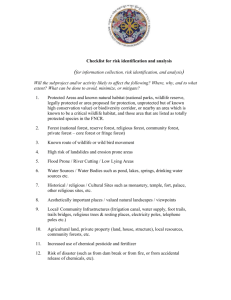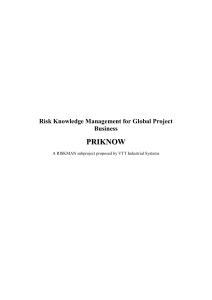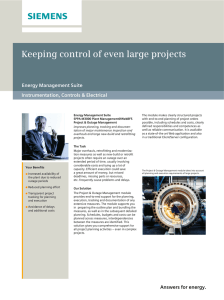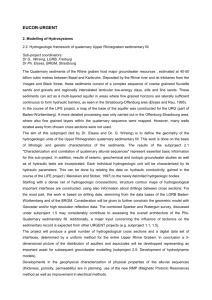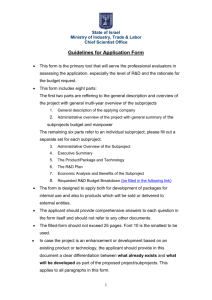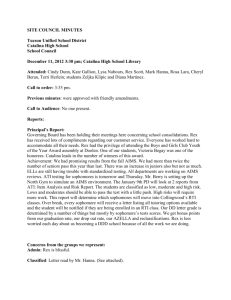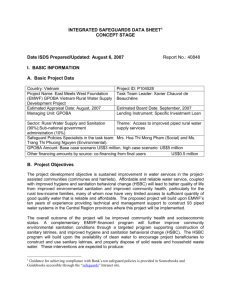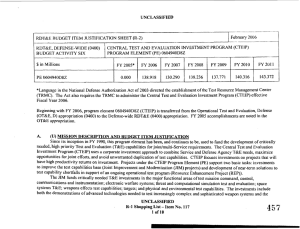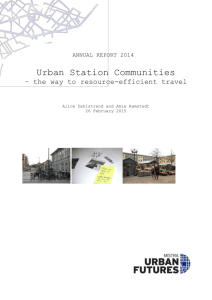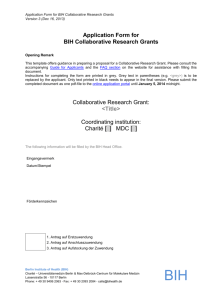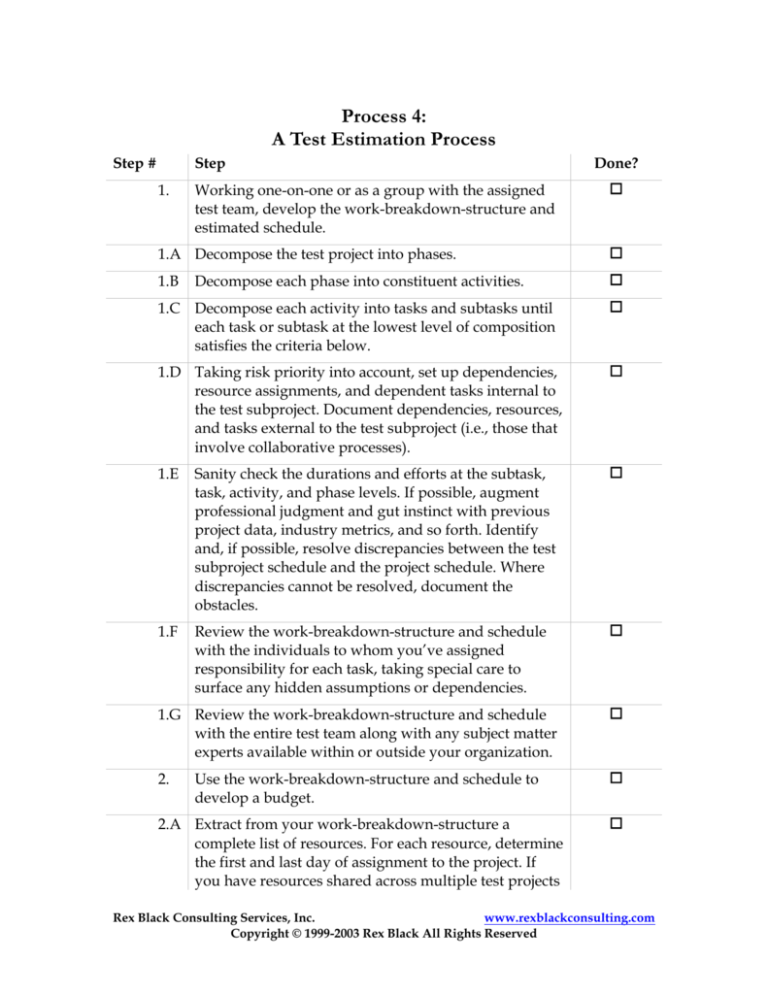
Process 4:
A Test Estimation Process
Step #
Step
1.
Working one-on-one or as a group with the assigned
test team, develop the work-breakdown-structure and
estimated schedule.
Done?
1.A Decompose the test project into phases.
1.B
Decompose each phase into constituent activities.
1.C Decompose each activity into tasks and subtasks until
each task or subtask at the lowest level of composition
satisfies the criteria below.
1.D Taking risk priority into account, set up dependencies,
resource assignments, and dependent tasks internal to
the test subproject. Document dependencies, resources,
and tasks external to the test subproject (i.e., those that
involve collaborative processes).
1.E
Sanity check the durations and efforts at the subtask,
task, activity, and phase levels. If possible, augment
professional judgment and gut instinct with previous
project data, industry metrics, and so forth. Identify
and, if possible, resolve discrepancies between the test
subproject schedule and the project schedule. Where
discrepancies cannot be resolved, document the
obstacles.
1.F
Review the work-breakdown-structure and schedule
with the individuals to whom you’ve assigned
responsibility for each task, taking special care to
surface any hidden assumptions or dependencies.
1.G Review the work-breakdown-structure and schedule
with the entire test team along with any subject matter
experts available within or outside your organization.
2.
Use the work-breakdown-structure and schedule to
develop a budget.
2.A Extract from your work-breakdown-structure a
complete list of resources. For each resource, determine
the first and last day of assignment to the project. If
you have resources shared across multiple test projects
Rex Black Consulting Services, Inc.
www.rexblackconsulting.com
Copyright © 1999-2003 Rex Black All Rights Reserved
within a given time period, understand the percentage
allocation of each resource’s assignment to each project
during various time periods.
2.B
Identify any incidental resources required to support
these resources.
2.C Categorize the resources into staff, travel, tools, test
environments, and, if applicable, outsourcing costs.
Total by time periods and categories.
2.D Sanity check the budget details and totals. If possible,
augment your professional judgment and gut instinct
with previous project data, industry metrics, and so
forth. Identify and, if possible, resolve discrepancies
between the test subproject budget and the overall
budget. Should resolution prove impossible, document
the obstacles.
2.E
Amortize budget items that are long-term investments,
documenting the reuse opportunities and the period of
time over which you expect to recoup the costs.
2.F
If required or desirable, analyze return on investment.
If the return on investment is negative, review your
assumptions about amortization in 2.E and repeat this
step if necessary. If the return on investment remains
negative, review those items on your estimated workbreakdown-structure that consume the most money
while contributing the least return, tracing back to the
quality risks. Document the money losing activities.
2.G If permitted by your management, review the budget
with your test team. Take special care to identify any
missing resources, especially incidental ones. Iterate
steps 2.D through 2.F if necessary.
3.
Obtain management support for the estimated
schedule and budget.
3.A Present the benefits of the test subproject.
3.B
Outline the time and money commitment required to
receive those specific benefits.
3.C Understand and attempt to resolve any objections to
the estimate through iteration of steps 3.A and 3.B.
3.D If management commitment to the proposed budget
Rex Black Consulting Services, Inc.
www.rexblackconsulting.com
Copyright © 1999-2003 Rex Black All Rights Reserved
and schedule cannot be gained, discuss specific areas
of testing to be deleted, setting cost and/or schedule
goals to be met to obtain management support.
4.
Repeat steps 1 through 3 if necessary, fine-tuning the
estimated schedule and budget, until resources and
management commitment adequate to the (possibly
adjusted) scope of the test effort are secured.
5.
Check the approved budget and schedule documents
into the project library or configuration management
system. Place the document under change control
Criteria of complete work-breakdown-structure decomposition for a test
subproject
In a well-formed work-breakdown-structure for a testing subproject, every task
at the lowest level of decomposition has the following characteristics:
1) measurable status;
2) clearly defined start and end criteria;
3) one or more deliverables;
4) an estimation of resource requirements, effort, duration, and other costs;
5) a short duration;
6) independence (once the start criteria are satisfied) from other tasks inside
or outside the test subproject;
7) clearly defined ownership, ideally one responsible person;
8) maps to one or more of the recommended testing actions from the quality
risk analysis (with all phases, activities, and tasks collectively covering all
recommended testing actions); and,
9) to the extent that dependencies and resource constraints allow, activities
and tasks occur in order of their risk priorities.
Rex Black Consulting Services, Inc.
www.rexblackconsulting.com
Copyright © 1999-2003 Rex Black All Rights Reserved

